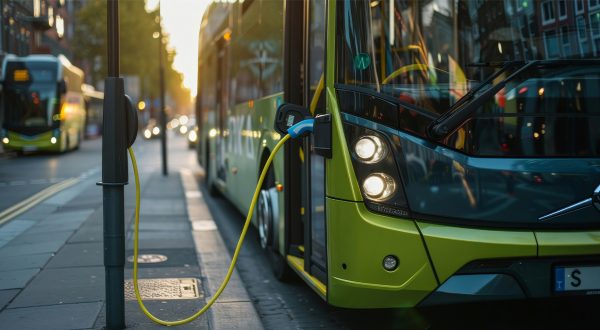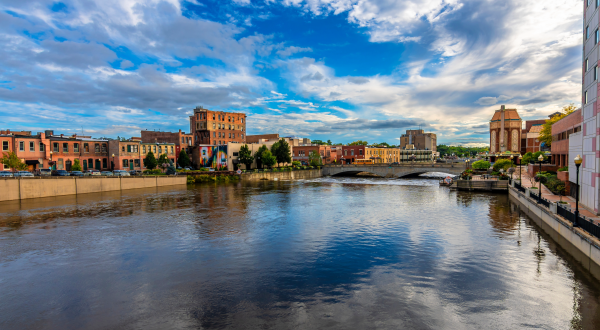How the Port of Rotterdam is preparing for the ships of the future
Reading time: 5 min
Europe’s leading port is working with Axians to roll out an IoT platform to further expand process automation and improve its performance.
![]()
The Port of Rotterdam in the Netherlands, which serves 140,000 ships per year, is one of the world’s leading ports and Europe’s largest. The port authority plans to consolidate this position by completing a digital transformation process that is already well under way. A digital twin of the port is under construction and several applications have already been tested, including Shiptracker, which provides an online display of the ships that are in or approaching the port, with their estimated arrival times and the names of the berths where they are expected.
By 2030, the connectivity and data interconnection of port stakeholders should be 100 % secure, reliable, and standardized to enable the port to serve autonomous ships. “The most extensively automated warehouses and terminals have made substantial progress in reliability, safety, and cost efficiency in areas comparable to those of a port,” says Port of Rotterdam Digital Strategy Manager Vincent Campfens, who is certain that major benefits are in the offing for the site.
Rotterdam took a further step in its transformation when it decided in 2017 to implement an IoT ecosystem that brings together sensor data in a single platform. Axians, the VINCI Energies ICT brand, has been put in charge of implementing hardware in the port area, designing software, and operating the IoT platform, with Watson IoT, the IBM artificial intelligence system, processing the data.
“Information from the sensors is securely sent to Watson IoT with the Cisco Kinetic solution, where real-time analytics validates the data and ESRI’s ArcGIS enriches the data in a geographical context,” says Vincent Campfens.
Distributed across the 42-km port, which extends from the inland city to the North Sea, sensors collect real-time information on weather, water levels, tides, currents, temperature, wind speed and direction, visibility, etc. The IoT platform will also aggregate static infrastructure data that has already been digitised – such as data on quay walls and dolphins – with this dynamic data. Authorized API’s will give the various stakeholders access only to the data relating to them.
100 % reliable information
The data processed by Watson IoT enables the port authority, port customers, service providers, and other stakeholders to optimise decision-making, reduce waiting times, and more precisely and efficiently schedule berthing times to load and unload goods.
“For us,” says Vincent Campfens, “the main advantage of the technology is its ability to give ships 100 % reliable information on the static and dynamic conditions they will encounter when calling at the Port of Rotterdam, on which they can anticipate.”
Maintenance
The IoT platform will also improve infrastructure performance by supporting predictive and prescriptive maintenance. “Most of the recent constructions already have built-in sensors from the design stage,” he says.
It is about adjusting the asset management to actual measured usage of our constructions.
And analytics on precise ship movement tracking by radar and AIS also generates savings in maintenance. Dredging to maintain the water level required for ships will take account of the effective routes taken by ships for example.
Sharing
Information sharing between the many port stakeholders, who are able to display operations carried out by various parties simultaneously, will also strengthen process efficiency – both within the port area (container loading and unloading, fuelling, waste removal, and the many formalities) and ultimately beyond it, in the hinterland. The first application for Port Call Optimization built by the Port of Rotterdam is Pronto, which is already a great success and is applicable anywhere in the world.
As a major link in the supply chain, the port must be able to smooth traffic with the cities and countries it serves. Ultimately, it plans to integrate data with such parties as inland warehouses and road hauliers to enable the latter, for example, to adjust their schedules when a ship is delayed.
In the same spirit of openness and hybridisation, Rotterdam is working with other ports around the world to ultimately share data that will make it possible to uninterruptedly plan and track a ship from one port to another. The world of seaports will then resemble that of airports.
13/06/2019
Learn more:
https://www.axians.com/


